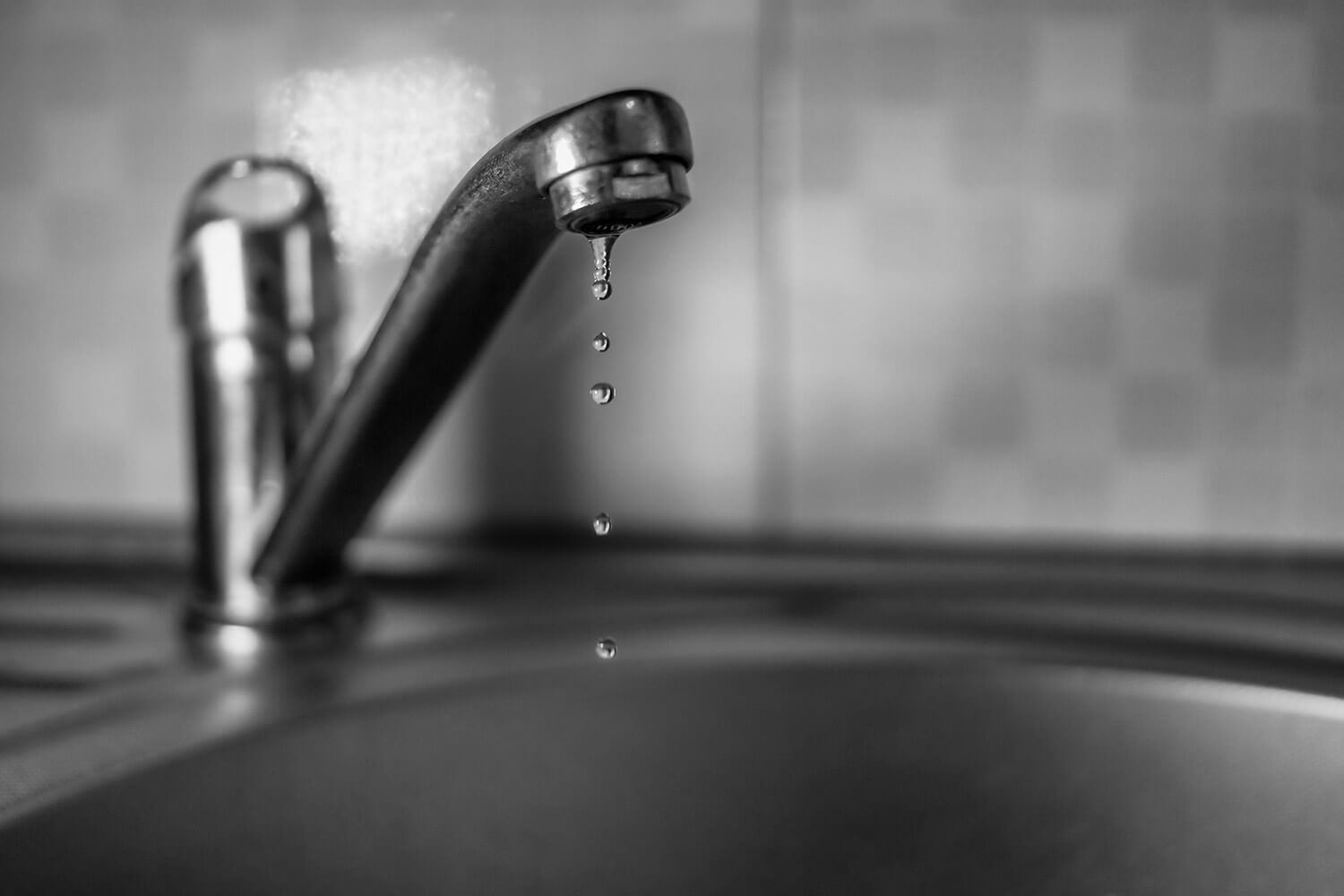Unveiling the Primary Sources of Water Leaks Within The House
Unveiling the Primary Sources of Water Leaks Within The House
Blog Article
We have discovered this great article pertaining to How to Find Water Leaks down the page on the internet and felt it made good sense to write about it with you on this site.

Leaks not just trigger waste of water but can also trigger unneeded damages to your home as well as advertise undesirable organic development. Sadly, water leakages may go undetected given that most of the pipework in our residence is hidden. By looking and comprehending for everyday situations that create leaks, you can protect your residence from future leaks and also unneeded damage. Today, we will certainly look at six leakage causes that might be causing your pipes to drip.
Intruding origins
A lot of water leakages begin outside the residence instead than inside it. You might see wet spots or sinkholes in your yard, and also that may imply that tree roots are attacking water lines triggering water to leak out.
Corroded water systems
As time passes by, your plumbing system ages as well as corrosion such as corrosion might begin eating away the pipelines. This could be the reason for staining or bending on your pipes. This requires an evaluation with your plumber immediately. If our plumbing system is old, take into consideration changing the pipelines because they go to a greater threat of deterioration than the newer versions.
Faulty Pipe Joints
The point at which your pipes attach is often the weakest web link in the waterline. Pipeline joints can weaken over time, causing water leaks. However, the majority of pipeline joints are not conveniently noticeable. If you have noisy pipelines that make ticking or banging sounds, particularly when the hot water is turned on, your pipe joints are most likely under a great deal of stress. It is recommended to have your plumber inspect your system once a year.
Instantaneous temperature level changes.
Severe temperature level changes in our pipelines can trigger them to increase and get unexpectedly. This development as well as tightening may trigger fractures in the pipes, especially if the temperature are listed below freezing.
Poor Water Connectors
Sometimes, a leakage can be brought on by loose tubes and pipelines that supply your devices. Generally, moving is what triggers the loosened water Connections. You could locate in the case of a washing machine, a hose may spring a leakage due to drinking during the spin cycle. In case of a water links leakage, you may observe water running directly from the supply line or pools around your home appliances.
Clogged Drains
Blocked drains could be irritating and also inconveniencing, yet they can in some cases wind up causing an overflow leading to burst pipelines. Keep removing any kind of products that might drop your drains pipes that could block them to stay clear of such inconveniences.
All the above are reasons for leaks however not all water leakages result from plumbing leakages; some leaks may originate from roof covering leakages. All leakages need to be fixed right away to stay clear of water damages.
Leakages not just trigger waste of water yet can also create unnecessary damage to your home as well as promote unwanted organic development. By looking and also comprehending for daily scenarios that create leakages, you can safeguard your house from future leakages as well as unneeded damages. Today, we will look at 6 leakage creates that might be creating your pipes to trickle.
At times, a leakage can be created by loose pipes as well as pipelines that supply your home appliances. In instance of a water connections leak, you might observe water running directly from the supply line or puddles around your appliances.
How To Check For Water Leak In Your Home
How To Check for Leaks
The average household's leaks can account for nearly 10,000 gallons of water wasted every year and ten percent of homes have leaks that waste 90 gallons or more per day. Common types of leaks found in the home are worn toilet flappers, dripping faucets, and other leaking valves. These types of leaks are often easy to fix, requiring only a few tools and hardware that can pay for themselves in water savings. Fixing easily corrected household water leaks can save homeowners about 10 percent on their water bills.
To check for leaks in your home, you first need to determine whether you're wasting water and then identify the source of the leak. Here are some tips for finding leaks:
Take a look at your water usage during a colder month, such as January or February. If a family of four exceeds 12,000 gallons per month, there are serious leaks.
Check your water meter before and after a two-hour period when no water is being used. If the meter changes at all, you probably have a leak.
Identify toilet leaks by placing a drop of food coloring in the toilet tank. If any color shows up in the bowl after 10 minutes, you have a leak. (Be sure to flush immediately after the experiment to avoid staining the tank.)
Examine faucet gaskets and pipe fittings for any water on the outside of the pipe to check for surface leaks.
Undetected water leaks can happen without the home or business owner even realizing. If you suspect a water leak, but not able to find the source. It is time to contact a professional water leak detection service, The Leak Doctor.
How To Find a Water Leak In Your Home
https://www.leakdoctor.com/blog/How-To-Check-For-Water-Leak-In-Your-Home_AE197.html

As a person who reads about How to detect water leaks in your home, I thought sharing that section was really helpful. In case you appreciated our blog posting if you please do not forget to pass it around. Thanks for your time. Visit again soon.
Get A Quote Report this page